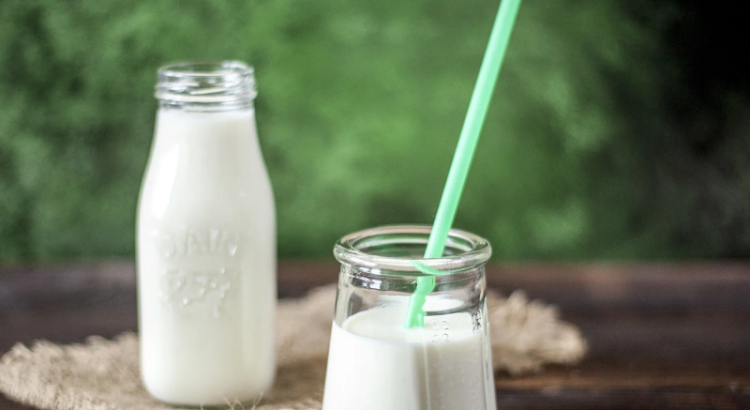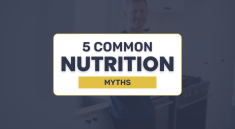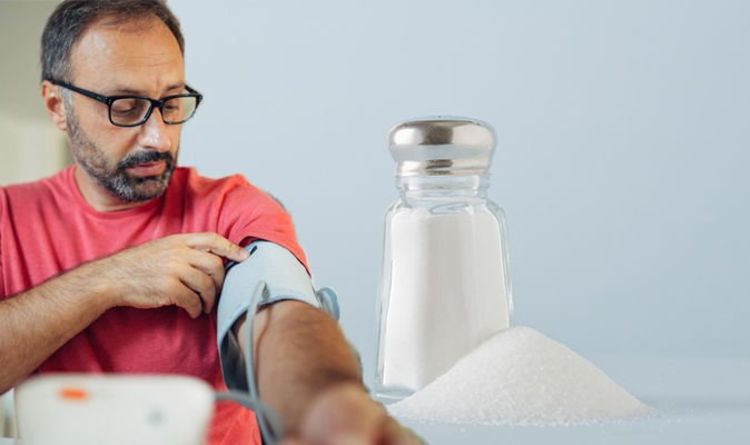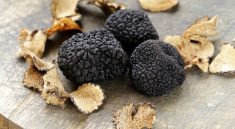Inspa Kyoto – The Paleo diet emphasizes consuming whole, natural foods like lean meats, fish, vegetables, and fruits. This diet excludes processed foods, grains, and legumes. One significant aspect of the Paleo diet is its stance on dairy products, specifically cheese and yogurt. Dairy, often seen as a staple in many diets, is not part of the Paleo philosophy. But why is that? Let’s explore the reasons behind this decision and how it benefits your health.
Why the Paleo Diet Excludes Dairy
The exclusion of dairy is based on the idea that our ancestors did not consume dairy products. Paleolithic humans were primarily hunter-gatherers, and they did not domesticate animals for milk. This is why dairy is not considered part of the natural human diet. Over time, humans developed lactose intolerance, which can cause discomfort when consuming milk-based products. By cutting out dairy, the Paleo diet helps to avoid these issues.
Moreover, dairy products like cheese and yogurt are processed foods. Cheese, in particular, is often high in fats, especially saturated fats. Although some fats are essential for a healthy diet, it’s important to be selective about the types of fats consumed. The Paleo diet recommends healthy fats from sources like avocados, nuts, and olive oil.
“Read about: The Benefits of Replacing Animal Protein with Plant-Based Protein in a Low-Fat Diet”
Lactose Intolerance and Digestive Health
Lactose intolerance is another reason many individuals opt to leave dairy behind. This condition occurs when the body cannot properly digest lactose, a sugar found in milk. Symptoms include bloating, diarrhea, and stomach cramps. As a result, many people feel discomfort after consuming dairy. The Paleo diet helps avoid these digestive issues by eliminating dairy and focusing on easily digestible whole foods.
Additionally, the process of making yogurt and cheese often involves fermentation or adding preservatives. These additives and processing methods can interfere with the digestive system. The natural foods encouraged by the Paleo diet, on the other hand, are less likely to cause digestive issues. Vegetables, fruits, and meats are easier for the body to process, especially when compared to dairy.
Alternatives to Dairy in the Paleo Diet
While dairy is excluded from the Paleo diet, there are plenty of alternatives that offer similar nutritional benefits. For example, plant-based milks like almond milk, coconut milk, or cashew milk are great substitutes for cow’s milk. These non-dairy milks are low in carbohydrates and provide healthy fats, similar to those found in whole milk but without the negative side effects.
For individuals who miss yogurt or cheese, there are numerous Paleo-friendly options available. Coconut yogurt, for instance, provides the creamy texture of traditional yogurt but is dairy-free. It also offers beneficial probiotics, which aid in gut health. For cheese lovers, cashew-based cheese is an excellent alternative. It is made from blended nuts and can mimic the taste and texture of cheese without any dairy.
Nutritional Considerations in a Dairy-Free Paleo Diet
The Paleo diet’s exclusion of dairy may raise concerns about calcium intake, as dairy products are a significant source of this vital mineral. However, calcium can be obtained from other Paleo-friendly foods. Leafy greens, such as kale and collard greens, are rich in calcium. Fish with edible bones, like salmon and sardines, also provide a great source of calcium. Nuts, seeds, and figs are other great options for maintaining healthy calcium levels without dairy.
It’s important to remember that the Paleo diet emphasizes nutrient-dense foods that are easy for the body to absorb. By incorporating a variety of fruits, vegetables, nuts, and seeds, individuals on the Paleo diet can easily meet their calcium needs while avoiding dairy.
“Read more: Boost Your Workout: How Vibration Plates Improve Strength and Flexibility”
The Impact on Overall Health
By eliminating dairy, individuals following the Paleo diet may experience several health benefits. For example, removing dairy can reduce the risk of acne, as some people find that dairy products exacerbate skin conditions. Additionally, many people report improved digestion and less bloating when they cut out dairy from their diet. Some studies even suggest that a dairy-free diet can reduce inflammation in the body, leading to better joint and overall health.
Another benefit of removing dairy is better weight management. Dairy products like cheese and yogurt can be calorie-dense and may contribute to weight gain if consumed in excess. The Paleo diet, on the other hand, encourages whole foods that are nutrient-dense but not calorie-dense, making it easier to maintain a healthy weight.
A Healthier, Dairy-Free Diet
In conclusion, the Paleo diet encourages a lifestyle free from processed foods, including dairy. By eliminating cheese and yogurt, the diet focuses on whole, nutrient-dense foods that promote optimal health. The lack of dairy can improve digestion, reduce inflammation, and help with weight management. Additionally, there are plenty of non-dairy alternatives that provide the same nutritional benefits. If you’re considering adopting a Paleo lifestyle, leaving cheese and yogurt behind can significantly improve your overall well-being.



